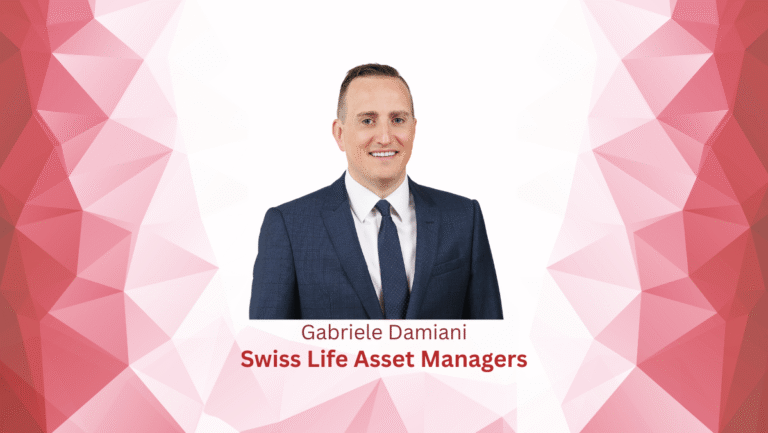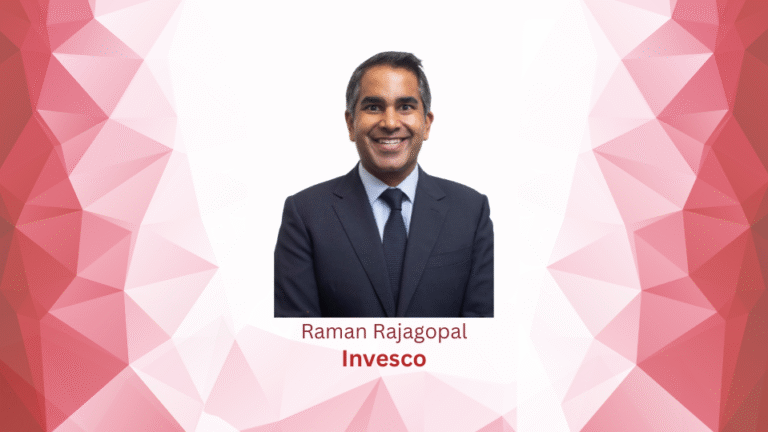Article by Dr. Sebastiaan Niels Hooghiemstra, Senior Associate in the investment management practice group of Loyens & Loeff Luxembourg, as published in Insight/Out magazine #34.
Regulation (EU) 2019/1238 (“PEPP 1.0”) was adopted in 2019 and is applicable since 22 March 2022. Till now, the uptake of Pan-European Pension Products (“PEPPs”) is disappointing. EIOPA released a Staff Paper on 11 September 2024 (the “EIOPA Feedback”) in which it published its preliminary views with respect to the upcoming review of PEPP 1.0 in 2027. This contribution considers the EIOPA Feedback and reflects upon it from the viewpoint of AIFs and their managers.
1. Attention Points for AIFs with view to PEPP 2.0
The asset management industry initially pushed for PEPP 1.0. They thought that it would be an opportunity to enter the European pension market that is traditionally dominated by (voluntary) pension funds and insurance companies. However, till now, PEPP 1.0 accommodates mainly the needs of incumbent pension and insurance undertakings that have no incentive to launch third pillar “competing products” under the PEPP framework. Enabling fund/asset managers to compete with these players is, from a supply-side point of view, essential in making PEPP 2.0 work. With view to (alternative) investment fund managers, the following points have, in particular, to be considered:
1.1. Abolish Complex Investment Rules under PEPP 2.0
The PEPP under PEPP 1.0 is currently a cross-sectorial third pillar pension product that may be offered by, amongst others, banks, insurance companies, pension fund and fund/asset managers. It leans on existing suitable type of third pillar retirement products, such as AIFs, UCITS, IORPs (resembling investment funds) and unit-linked insurances. However, the excessively overregulated “investment rules” for the “default option” under PEPP 1.0. that involve either guarantees or risk-mitigation techniques render, de facto, the PEPP to be rather a pension/insurance product that is not only competing with, but also more complex and expensive than existing third pillar pension and insurance products. Hence, for the uptake of a future “PEPP 2.0”, the investment rules would need to be aligned with the current third pillar pension market and with existing EU sectorial regulation. In this respect, it should be considered that second pillar pension products also allocate a part of their portfolio to AIFs. Furthermore, there are – more and more – digital wealth management platforms, such as LIQID, a robo-advisor in Germany, popping up that democratize wealth management and allow retail investors and HNWIs to invest with relatively small amounts in portfolios that combine traditional equity/bond portfolios with an optimally aligned allocation to AIFs. However, till date the PEPP “default option” has the above-mentioned investment restrictions, which, in practice, renders the allocation of a part of a PEPP’s portfolio to AIFs impossible. Therefore, the successful PEPP established by Finax, a (robo-advisor) PEPP provider in Slovakia that, essentially, limits their PEPP offering to ETFs applying a life-cycling strategy. Bearing in mind the LIQUID example, however, there may be room in the market for PEPP providers that offer (robo-advisory) solutions with a “family office-type” of investment portfolio. To make this possible under PEPP 2.0., eligible investments could be limited to AIFs (with the ELTIF, EuVECA and EuVECA/EuSEF label), as well as UCITS, IORPs and unit-linked insurances. Products will then be fully aligned with EU sectorial regulation and this would make PEPPs less complex, costly and more interesting for fund/asset managers. In practice, fund/asset managers would, for example, develop robo-advice products with a mixture of UCITS (ETFs or not) and AIFs (with ELTIF, EuVECA or EuSEF European labels) that would benefit from a favourable tax treatment.
1.2. 1% Costs and Fees Cap & Inherent Expenses
Another frequently mentioned reason for fund/asset managers not to step in under PEPP 1.0 is the so-called costs and fees cap of 1% of the accumulated capital per year in relation to the “Basic” investment option of a PEPP (not to other investment options). The fee cap is, from a comparative perspective (Australia, UK and US), not low. However, in the “start-up phase”, the EIOPA Feedback notes that the fee cap limits fund/asset manager’s ability to offer PEPPs given initial expenses and lack of scale.
However, also LIQID has shown to be able to operate a balanced robo-advisory solution that includes both liquid equity/bond investments and AIFs for a management fee that is less than 1% per year. Hence, it has been shown both within and outside the EU that it is possible to offer a relatively cheap PEPP product, if the “start-up phase” would be accommodated from a regulatory perspective. An option in this respect could be to waive the cap for a number of years after the establishment of the PEPP or to introduce an alternative, such as a “value for money” concept.
Furthermore, it is to be noted that the PEPP has “inherent expenses”, as it involves two mandatory advice moments (prior to the first investment and prior to the pay-out phase) and it also involves complex investment strategies (cost of guarantees and risk-mitigation techniques). The mandatory advice moment could be abolished, as existing product governance, disclosure rules, as well as a suitability test offer enough protection for PEPP savers. This would also free up “budget” for fund/asset managers to offer solutions with more sophisticated investment strategies.
2. Outlook: Opportunities for Alternative Investment Funds?
The PEPP under a well-designed PEPP 2.0 framework has the potential to follow the footprint of UCITS and ELTIFs. Both UCITS and ELTIFs were not that successful when they came out under their first iterations, but reflections and feedback improved the products. UCITS became a (global) success and ELTIFs are also increasingly being launched after ELTIF 2.0 took effect.
Till now, PEPP 1.0 accommodates mainly the needs of incumbent pension and insurance undertakings that have no incentive to launch third pillar “competing products” under the PEPP framework. Hence, in order to boost the third pillar pensions market in Europe, it is essential that the framework covers the needs for existing players, but also new players in the domain (i.e. fund/asset managers). For fund/asset managers to successfully enter this EU market and offer PEPPs that combine UCITS and AIFs, it is essential that the PEPP 1.0 mandatory complex investment rules for the “default” option will be largely abolished and that the PEPP product rules will not goldplate the existing EU products. Only in limited instances, for example, in the case of investments in AIFs, additional investment rules may be required to be in place by limiting PEPP, which are essentially retail investments, to ELTIFs, EuVECAs and EuSEFs only. The EU legislator should not overlook that the PEPP is, till now, a third pillar product that leans on existing EU products (e.g. AIFMD, UCITSD, IORPD, MiFID II, CRD, Solvency II and the IDD) that already have an EU passport and, hence, PEPPs should thus offer more value with, for example, extra tax benefits to become a success. These essentials combined with some other flanking changes proposed with EIOPA for sure may lead for the PEPP (as a third pillar product) to be a success.




